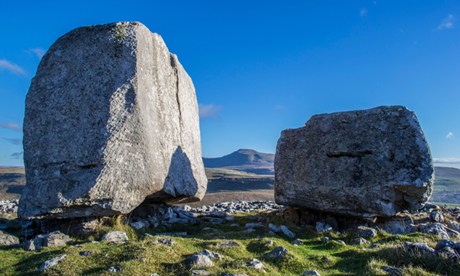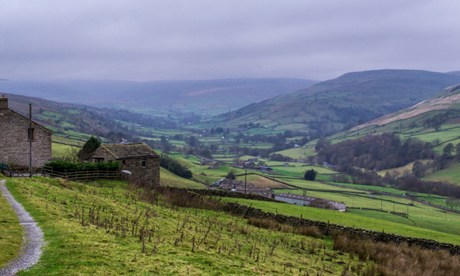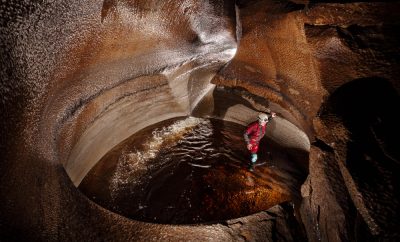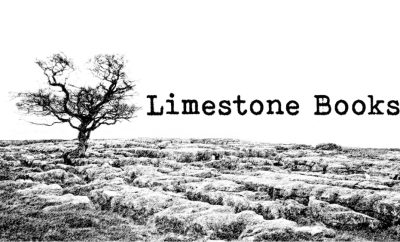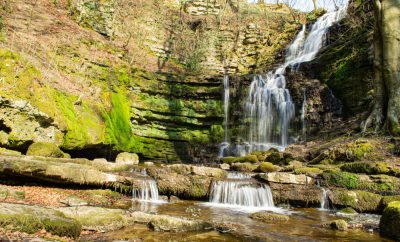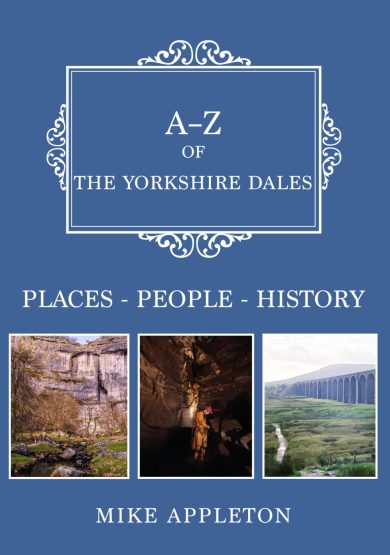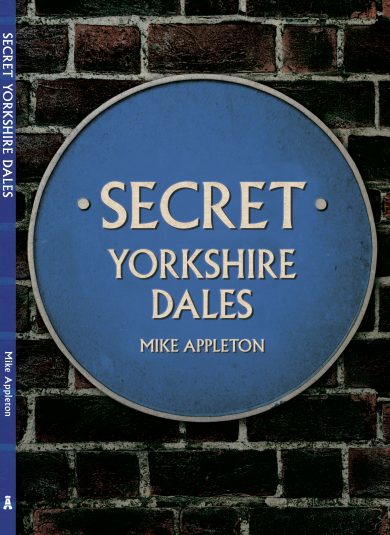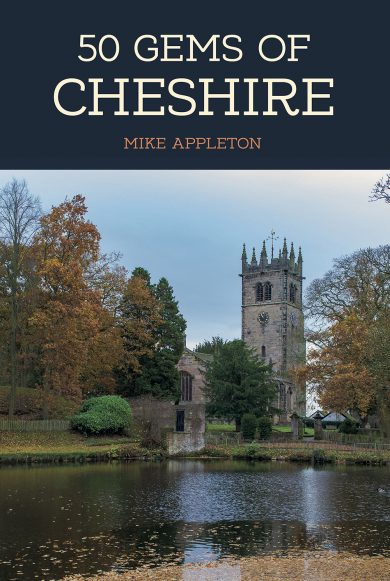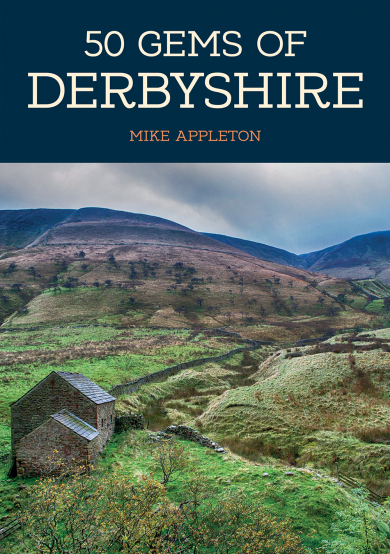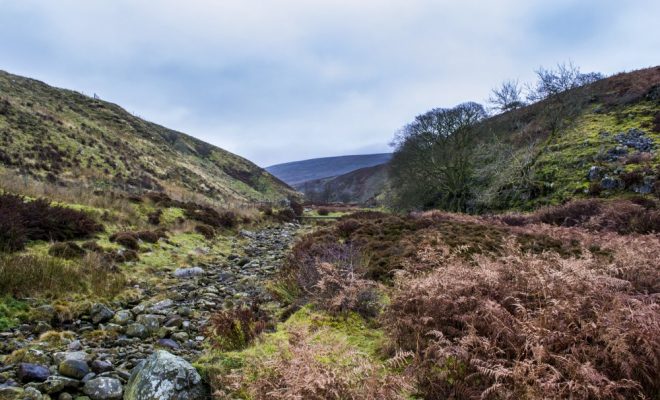
50 Gems: Choosing A ‘Gem’
“Defining a ‘gem’ is as much down to personal choice, affiliation and affection as it is to conform to a set checklist of what beauty or a landmark should be.”
That’s the opening line from my new book 50 Gems of the Yorkshire Dales published by Amberley. The tome seeks to discover some of the best places the area has to offer; being distinctive, historical, picturesque, geologically fascinating and above all personal.
Identifying a ‘gem’ is something I thought would be easy.
As my introduction says: “We can all identify an icon, a symbol, an area of outstanding natural scenery; in fact we do it every day in the choices we make. Holidays are often based around lakes, mountains and ravines; drives and cycles in the country end up in fantastic pubs or cafes; we can all name a stunning vista from our childhood.”
The Dales is my gem and I have been able to transform that love into narration and the ability to use the knowledge I’ve gained, foot by foot, step by step, in language.
Surprisingly though, that adoration was tested to the full when I was asked to photograph, capture and name 50 of the best places in the Yorkshire Dales. Quite simply, for an area that has so much natural beauty, how can you choose one particular ‘sight’ over another?
How can you rank a gem? In a time of bucket lists and must dos, how do you choose the ‘big’ numbers, the scenery that everyone must see?
What happens if the smaller fells, a rock in an odd place or setting should be on the sheet too?
In the end I had to make a choice as I wanted the gems to be as personal as possible. They needed to connect me to a landscape I know and love so much. They are my 50 and as a result there had to be a certain amount of trade-off to make sure I drafted a list I could be happy with.
They also had tick the boxes – I hate that phrase – of what Amberley does best. Local, Historical, Geographical and Accessible. I think I achieved that.
Here are some of my favourites:
1. Ease Gill
It takes a hardy (if somewhat mad) soul to go underground through the multitude of passages that honeycomb the Dales, but the rewards are immense.
Ease Gill (main picture) is part of the Three Counties System, the longest and most complex cave system in Britain, and lies below the Casterton, Leck and Ireby Fells around the 2,057ft Gragareth. So much so that nearly 90km of passage has been found to date – with discoveries continuing all the time.
Cavers don’t have it all to themselves: you can enjoy what’s happening above the surface too. Simply follow the beck from its full flow, right through to where it disappears underground and then into spectacular gorges.
Its remote location means it is very rarely visited. It’s serene, colourful at all times of the year, and the perfect place to reflect.
2. Semerwater
Semerwater, near Bainbridge, is the second largest natural lake in Yorkshire after Malham Tarn – and legend has it that it was once the site of a prosperous city in the Dales.
The story goes that an old man came to the city in search of food and drink. He knocked on each door, being rebuked every time, before he found a welcoming ‘hovel’ where a poor couple pitied and took him in.
After enjoying the couple’s hospitality, the old man turned to face the town and said: “Semerwater rise! Semerwater sink! And swallow the town, all save this house, Where they gave me meat and drink.” Immediately, the waters of the lake rose up and flooded the area drowning all of its citizens, except for the couple who took him in.
Today the lake is rarely busy, usually glass-like and great for the many birds that visit its shores.
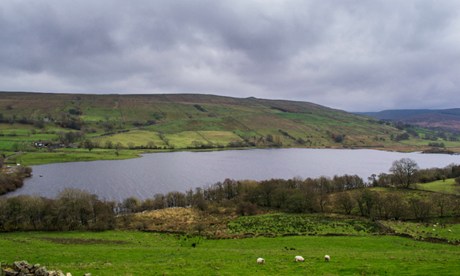
3. Cheese Press Stones, near Ingleton
Take the path to the Turbary Road from Ingleton to experience this eerie scenery at its finest. You climb into an area of dense limestone, boulders and pavement, before the going is fairly flat and grass-like with Gragareth stretching ahead. Here, in this superb setting – in the stunning Kingsdale – are the Cheese Press Stones.
These stones were more than likely left stranded in this location by ice movement in the Ice Age. Since then, unlike the limestone which is nearby, they have been shaped and smoothed by the elements, not contorted or cracked.
The view from here across the Dales is equally as impressive.
4. Gunnerside
Long before farming and tourism became the dominant way of making a living in the Dales, heavy industry shaped some of the countryside we visit today.
Take a walk around Gunnerside – particularly Gunnerside Gill – and the impact of this activity, albeit hundreds of years ago, is there for all to see. This picturesque dale, Swaledale, was the site of a major lead mining enterprise.
The valley still contains much of its industrial past with dammed streams and old workings dotted around the gill. Sure, it sounds a bit bleak – but in a strange way it adds a certain charm to some of the best countryside the Dales has to offer.
5. Some little-known pubs…
Yorkshire and pubs go together – and after a walk there are several you can enjoy. My favourites are:
The Falcon Inn, Arncliffe
The original Woolpack in long running soap Emmerdale. It’s the way it serves its beer that is the real gem.
The ale of choice, Timothy Taylor’s Boltmaker, is poured from a jug to a glass. It’s the traditional way of serving beer which keeps the ale at room temperature and ensures it’s great condition.
The George and Dragon, Dent
The tap house for Dent Brewery! Say no more!
Station Inn, Ribblehead
Remote and in the shadow of Ribblehead Viaduct and Whernside, this pub offers breathtaking scenery and great ale!

You can buy a copy of 50 Gems in my store now and for a limited time only if you type mascar15 at checkout then you can get 15 per cent off everything there.

